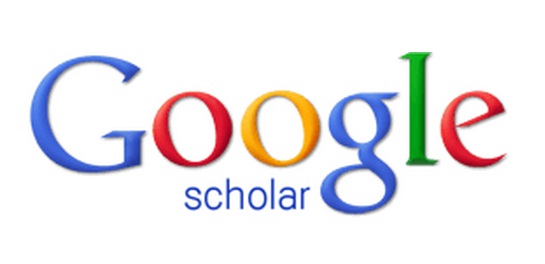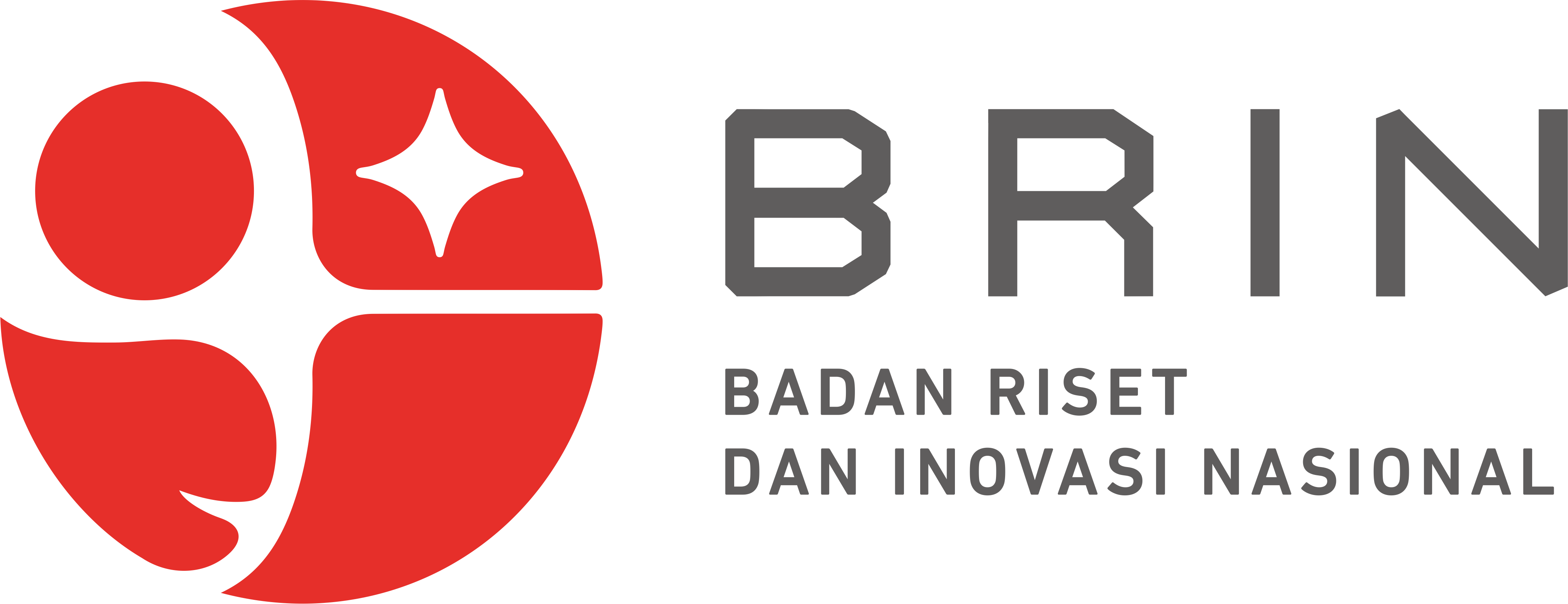MODEL PEMBELAJARAN BERBASIS TPACK DALAM MENINGKATKAN PEMAHAMAN PESERTA DIDIK PADA MAPEL PAI DAN BP DI SMAN 1 KINALI
Keywords:
TPACK, Islamic Religious Education, Digital Literacy, Classroom Action Research, Student UnderstandingAbstract
This study is entitled TPACK-Based Learning Model in Improving Students' Understanding of Islamic Religious Education Subjects at SMAN 1 Kinali. This study aims to evaluate the effectiveness of the application of the TPACK (Technological Pedagogical Content Knowledge) model in Islamic Religious Education (PAI) learning at SMAN 1 Kinali. The TPACK model integrates technology, pedagogy, and content knowledge to improve students' understanding of teaching materials while honing digital literacy skills.
This study uses the Classroom Action Research (CAR) method which is implemented in three cycles, with stages of planning, action, observation, and reflection. The subjects of the study were grade XI students who studied the material "Avoiding Teenage Fights, Alcohol, and Drugs". The results showed that the TPACK learning model succeeded in improving students' understanding of Islamic Religious Education material, as well as improving spiritual, social attitudes, and psychomotor skills. In addition, students also showed a significant increase in digital literacy skills through the use of technology integrated into learning. Overall, this study concludes that the TPACK learning model is effective in improving the quality of Islamic Religious Education learning, especially in terms of students' understanding of Islamic teachings and their digital skills. Thus, the implementation of TPACK at SMAN 1 Kinali can be used as a relevant and applicable learning model in today's digital era.
References
Buckingham, D. (2006). Media Education: Literacy, Learning and Contemporary Culture. Polity Press.
Garrison, D. R., & Vaughan, N. D. (2008). Blended Learning in Higher Education: Framework, Principles, and Guidelines. Jossey-Bass
Gilster, P. (1997). Digital Literacy. Wiley Computer Publishing.
Harris, J., Mishra, P., & Koehler, M. J. (2010). "Teachers' Technological Pedagogical Content Knowledge and Learning Activity Types." Journal of Research on Technology in Education, 41(4), 78-101
Hobbs, R. (2017). Digital and Media Literacy: Connecting Culture and Classroom. Corwin.
Kress, G., & van Leeuwen, T. (2020). Multimodality: A Social Semiotic Approach to Contemporary Communication. Routledge.
Koehler, M. J., & Mishra, P. (2009). What Is Technological Pedagogical Content Knowledge (TPACK)? Michigan State University.
Leu, D. J., Forzani, E., Rhoads, C., Maykel, C., Kennedy, C., & Timbrell, N. (2017). The New Literacies: Multiple Perspectives on Research and Practice. Guilford Press.
Mishra, P., & Koehler, M. J. (2006). "Technological Pedagogical Content Knowledge: A Framework for Teacher Knowledge." Teachers College Record, 108(6), 1017-1054.
Prensky, M. (2001). Digital Natives, Digital Immigrants. On the Horizon, 9(5), 1-6.
Sari, N., & Rachmawati, D. (2018). "Pengaruh Teknologi Informasi terhadap Keterampilan Literasi Digital Siswa di Sekolah Menengah Atas." Jurnal Pendidikan, 88-98.
Pratama, A. R., & Supriyadi, S. (2019). "Implementasi Model TPACK dalam Pembelajaran Pendidikan Agama Islam di Madrasah Aliyah." Jurnal Pendidikan Agama Islam, 75-85.
Wahyudi, Y., & Rina, L. (2020). "Pengembangan Modul Pembelajaran Berbasis TPACK untuk Meningkatkan Keterampilan Literasi Digital Siswa pada Mata Pelajaran Agama Islam." Jurnal Pendidikan Islam, 123-135.









